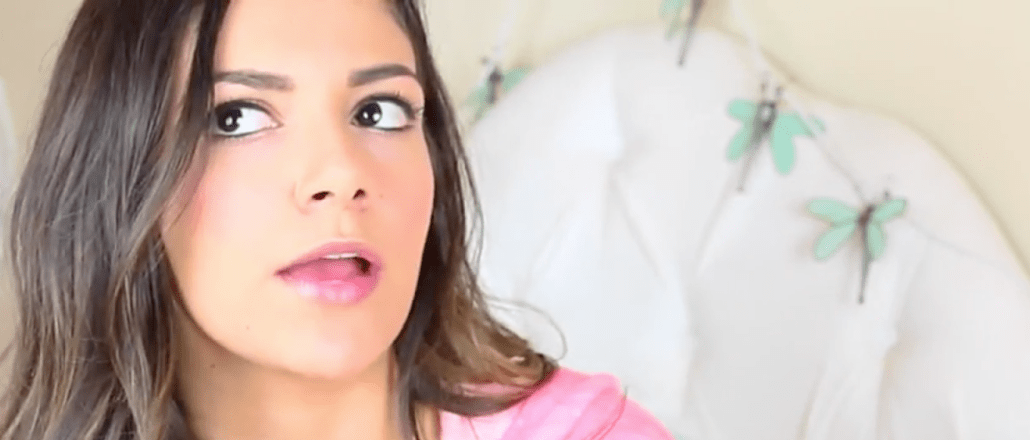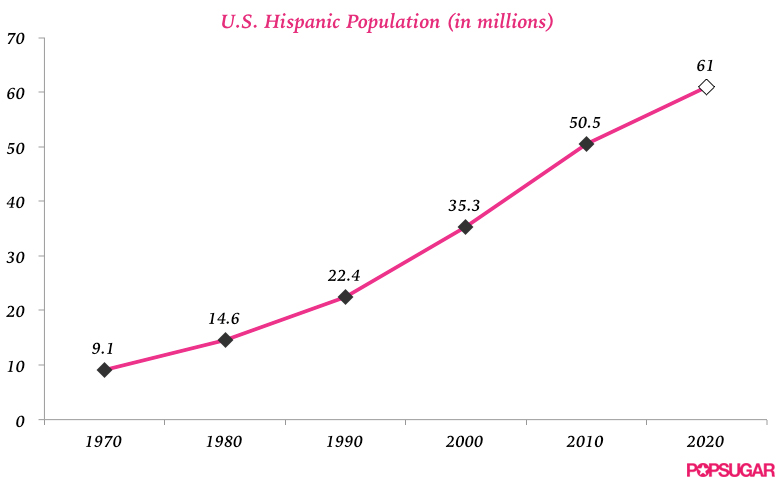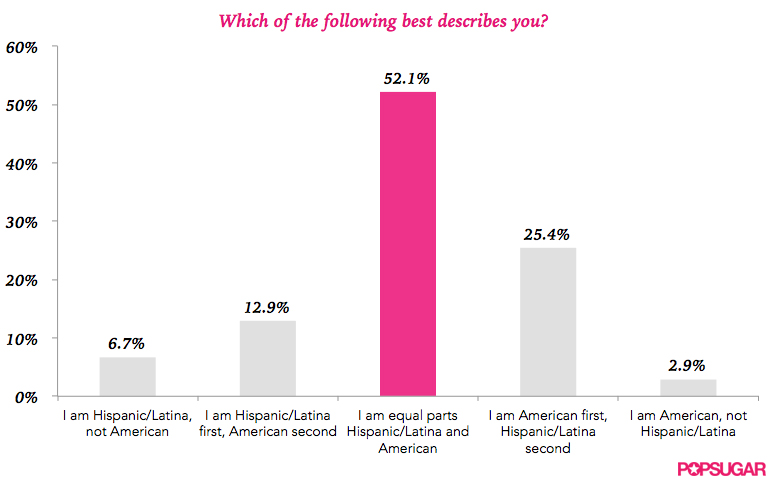Millennial Latinas are missing from digital. 5 charts on why the media should step it up.

By Rob McLoughlin, VP, Consumer Research, PopSugar
Where are all the millennial Latinas? Scan your feed and you’ll find a handful of high profile Latina-focused content: Jane the Virgin on the CW, East Los High on Hulu and a few scattered influencers like Bethany Mota. Likewise, digital and traditional marketing, it seems, are both overlooking a powerful segment: The Hypercultural Latina.
According to a new study by PopSugar, 94 percent of Latina millennials are hungry for media content that reflects their own lives. And when they do see Latinas in their media and marketing, fewer than 1 in 3 can say the representation reflects the type of Latina they are.
“The nueva Latina is 100 percent Latina and 100 percent American: all the cultural richness and traditions of her heritage, while seeking all the opportunities that the new American life can give her,” said Gabriela Gonzales, planning director at Dieste, an agency with a multicultural focus. If there’s a missing person in our media today, it’s her.
Little girls born in the early 1990s—around the time the Hispanic population in the U.S. started to surge—are now grown women, with identities very different than their parents. Neither traditional nor digital media has kept pace.
Brands obsessed with the sacred millennial demographic are losing sight of the diverse communities underlying it, a missing a huge opportunity. By 2060, 30 percent of women in the US will be Latina. Since a woman is the primary shopper in most Latina households, they already control a vast majority of $1.2 trillion of Hispanic buying power.
“We still call our moms, we still speak in our own language with our family and friends when it’s convenient,” said Carla Eboli, CMO at Dieste. “We still care about our kids and serving our family the best food. But at the same time, for example, we might be the owners of a small business.”
Diversity in physical representation helps too: “We continue to see a lot of idealized body types in cosmetics and fashion, but not the real ones,” said Gonzales. Seeing a new, more honest version of themselves reflected in the media and marketing that surrounds them is “extremely” to “very” important to 43 percent of Latinas.
Digital, it seems, is the best place for brands to catch up. It’s not as simple as dubbing a mainstream commercial in Spanish and calling it a day. More appropriate are the colloquial stylings of influential YouTube celebrity and beauty expert Bethany Mota.
In fact, Latinas are 75 percent more likely to get their inspiration from YouTubers like her than are women in the general population.
“It’s the practical knowhow,” said Gonzales. “They want to see how the next-door Latina is applying makeup or doing their exercise rather than that idealized celebrity. They’re looking for the aspirational, yet attainable, and that’s what YouTube is giving them.”
And though their Facebook, Twitter and LinkedIn use is somewhat lower, they’re 87 percent more likely to use WhatsApp than those in the general population.
“WhatsApp is very popular because we still have a lot of family and friends outside of the country,” said Eboli. “It’s easy for us to connect with them through text message.”
Over 95 percent of US-born Latinas identify equally as both Latina and American, and young millennials (18-24) are 52 percent more likely to assume this hyper-cultural sense of identity.
This balancing act has a strong influence on language. While clearly in touch with Latina culture, 64 percent of older millennial Latinas (25-34) prefer English-language content — as long the content nails the cultural cocktail. Some brands, like Goya and Coca Cola, have gotten the mix just right, according to PopSugar’s study.
“They’ve decoded how to communicate with consumers in a culturally relevant way,” said Eboli.
Brands that realize the importance of speaking directly to this emerging American identity will get first dibs on tapping into a real cultural (and financial) tsunami. But first, they need to understand millennial Latinas’ unique blend of influences and preferences.
Digital is the hotbed of these nueva influentials, and if brands are going to profit, they need to wade in far past the cultural shallow end.
More from Digiday

Meta’s Threads expected to have ads this year
The move would make Threads Meta’s latest bit of ad real estate venue just over a year after its launch.

Walmart rolls out a self-serve, supplier-driven insights connector
The retail giant paired its insights unit Luminate with Walmart Connect to help suppliers optimize for customer consumption, just in time for the holidays, explained the company’s CRO Seth Dallaire.

Mobile esports reaches new heights in 2024 with a boost from Saudi Arabian investment
Mobile esports activity has been picking up gradually since 2021, but 2024 could be one of the most lucrative years yet for the esports teams and players participating in popular mobile games such as “PUBG Mobile” and “Mobile Legends: Bang Bang” (MLBB).










